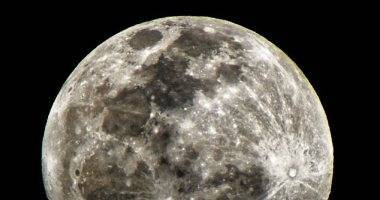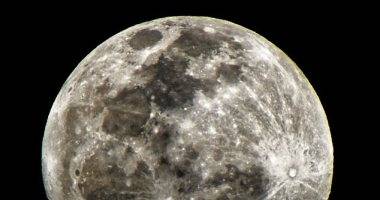On Friday, Russia launched its first spacecraft to the Moon's surface in 47 years, aiming to become the first country to achieve a safe landing at the Moon's South Pole, an area believed to contain deposits of water ice. The Russian mission, the first since 1976, is racing against India's Chandrayaan-3 mission, which launched its lunar lander last month, and is also in wider competition with the United States and China, both of which have advanced lunar exploration programs targeting the South Pole.
A Soyuz 2.1b rocket carrying the Luna-25 spacecraft took off from the Vostochny Cosmodrome, located 5,550 kilometers east of Moscow, on Friday morning Moscow time. The Russian space agency reported that the spacecraft exited Earth's orbit towards the Moon after over an hour, at which point the mission control center took over its navigation. Yuri Borisov, head of the Russian space agency, stated on government television that the spacecraft is expected to land on the Moon's surface on August 21, although the agency previously indicated a landing date of August 23. Borisov told Vostochny personnel after the launch, "Now we will wait for the 21st. I hope for a smooth and very precise landing on the Moon... We hope to be the first."
The Luna-25 spacecraft, roughly the size of a small car, is planned to operate for a year at the Moon's South Pole, where scientists from NASA and other space agencies have recently discovered traces of water ice in the region's dark areas. This mission also serves other purposes for the Kremlin, which claims that Western sanctions against Moscow due to the Ukraine war—targeting aspects of the aeronautics and space sectors—have failed to cripple the Russian economy.
**Why Have Major Powers Been Interested in Moon Components?**
The Moon is 384,400 kilometers away from Earth and stabilizes Earth’s wobble and rotation around its axis, ensuring a more stable climate. It also causes tides in the world's oceans. The current belief is that the Moon formed after a massive body collided with Earth about 4.5 billion years ago, causing debris from the collision to gather and form the Moon. The temperature on the Moon varies significantly; it can reach up to 127 degrees Celsius when exposed to sunlight for more than six hours a day, while plummeting to around -173 degrees in darkness. The Moon’s outer shell does not protect it from solar radiation.
No country has smoothly landed on the Moon’s South Pole. India's Chandrayaan-2 mission failed in 2019. The rough terrain complicates landing, but the reward of discovering water ice could be historic. Water found there could be used for fuel and oxygen, as well as drinking water.
**Water and Helium-3**
NASA reported that the Indian mission (Chandrayaan-1) conclusively discovered water on the Moon for the first time in 2008, detecting hydroxyl molecules spread across its surface, particularly concentrated at the poles. Water is essential for human life and can also serve as a source of hydrogen and oxygen, which are used as rocket fuel.
Helium-3, an isotope of helium that is scarce on Earth, is estimated by NASA to have a million tons on the Moon. The European Space Agency states this isotope could supply nuclear energy for fusion reactors without producing hazardous waste, as it is non-radioactive.
**Rare Earth Minerals**
Research by Boeing concluded that rare earth minerals, essential in manufacturing smartphones, computers, and advanced technologies, such as scandium, yttrium, and fifteen lanthanide elements from the periodic table, are present on the Moon.
**How to Mine the Moon?**
The methods are not clear yet. Some form of infrastructure will need to be established on the Moon. Conditions there will necessitate robots to perform most of the labor, but the presence of water on the surface would allow humans to stay for extended periods.
**What Does the Law State?**
The legal framework is unclear and fraught with gaps. The "Outer Space Treaty" of 1966 states that no country has the right to claim sovereignty over the Moon or any celestial body, and space exploration should benefit all countries. However, lawyers argue that it is uncertain whether a private entity can declare sovereignty over a part of the Moon. The Rand Corporation noted last year that "space mining is subject to relatively little governance, despite the potential for high risks."
The "Moon Agreement" of 1979 stipulates that no part of the Moon may become "the property of any country, international or non-governmental organization, national organization, non-governmental entity, or natural person." No major space-faring powers have ratified the agreement. In 2020, the United States announced the signing of the "Artemis Accords," named after NASA's lunar program (Artemis), aiming to amend existing international space law through the establishment of "safe zones" on the Moon. Russia and China did not join the accords.




